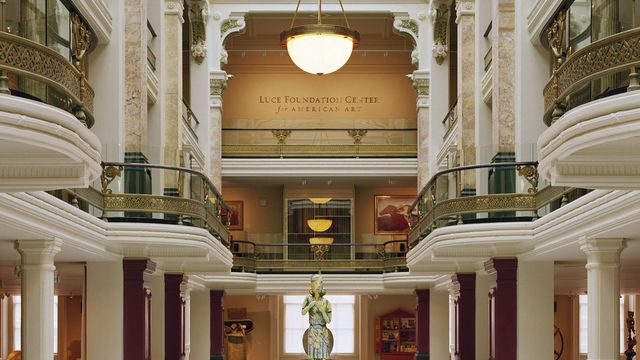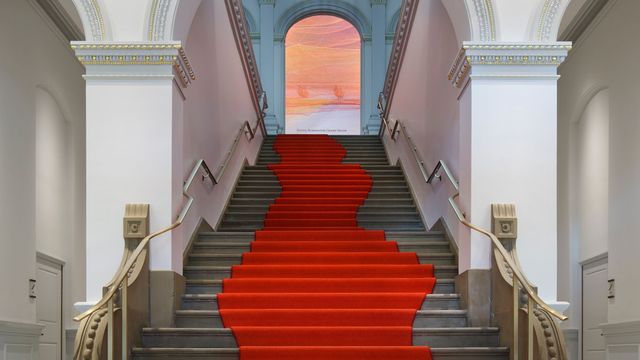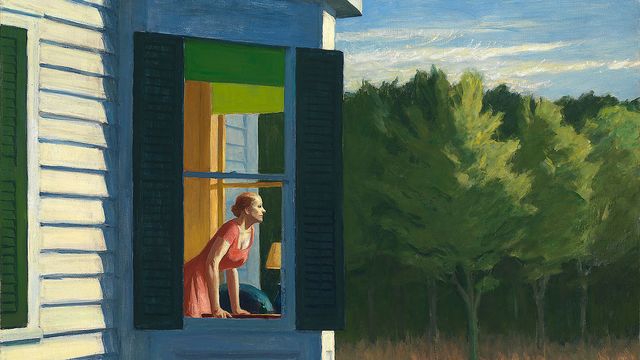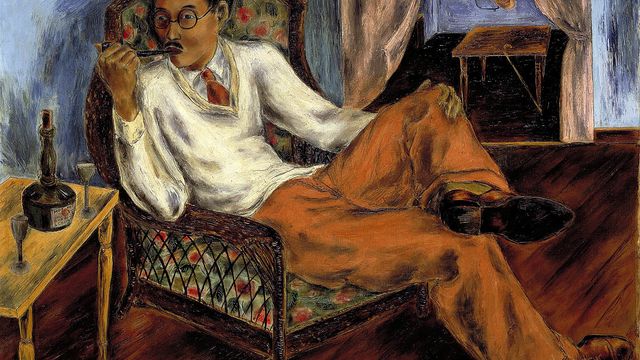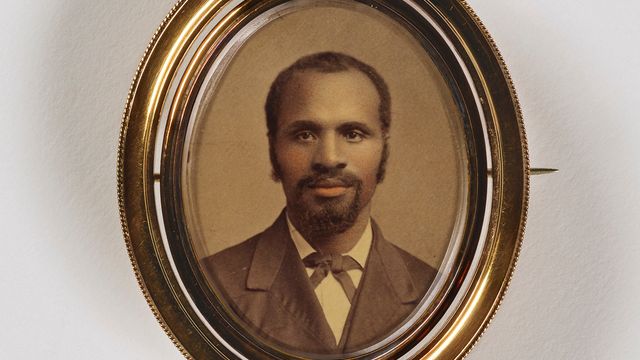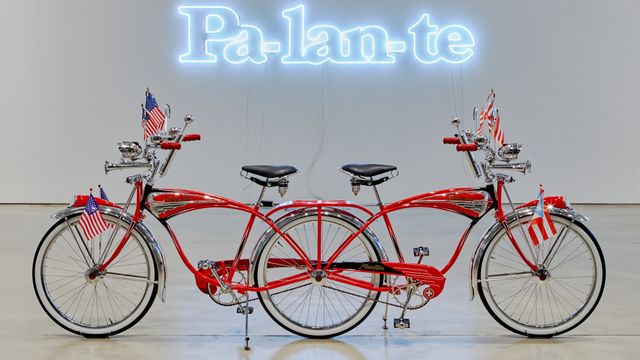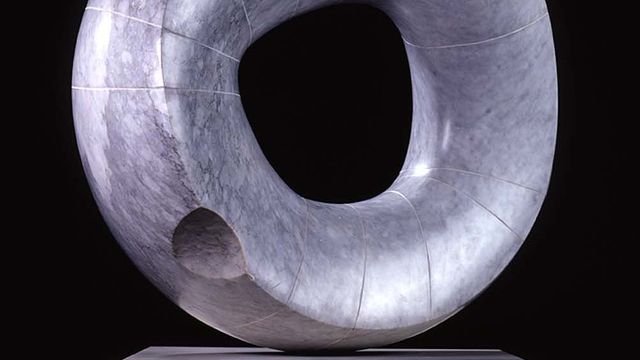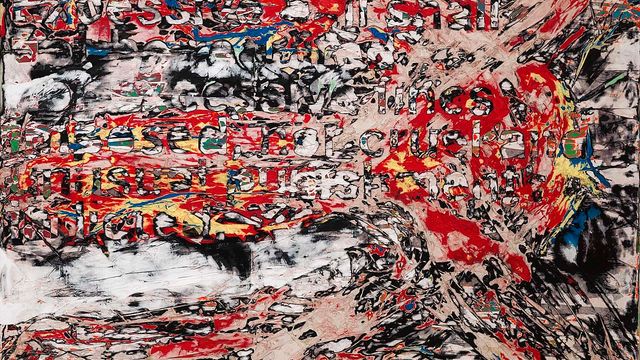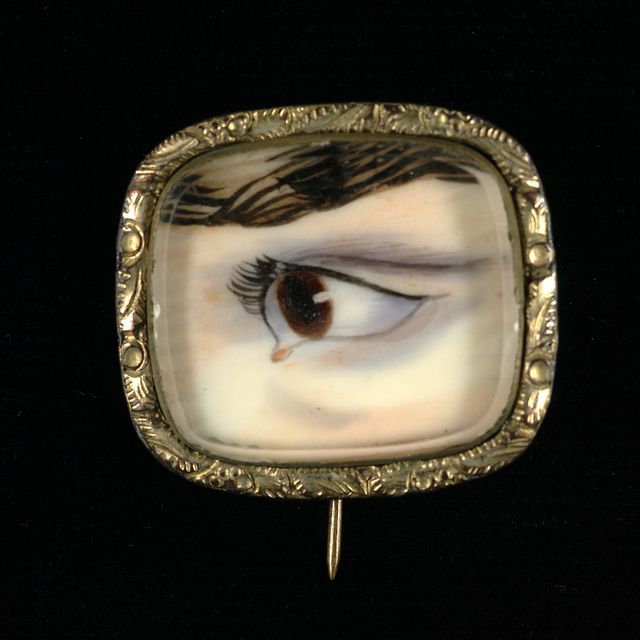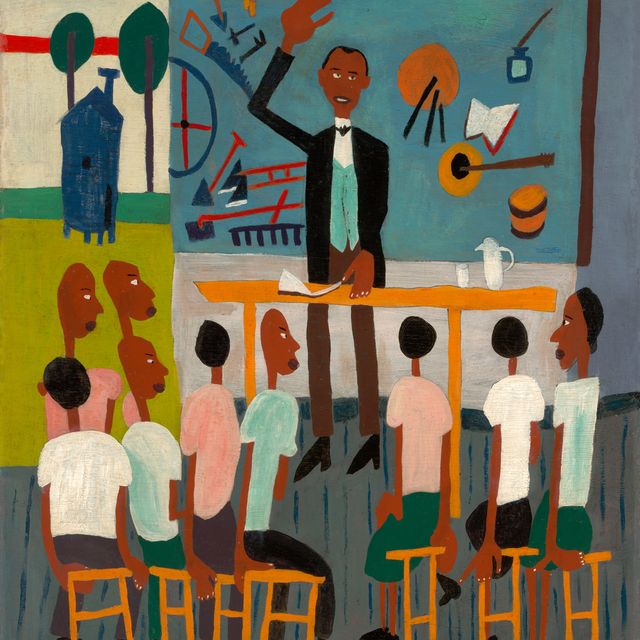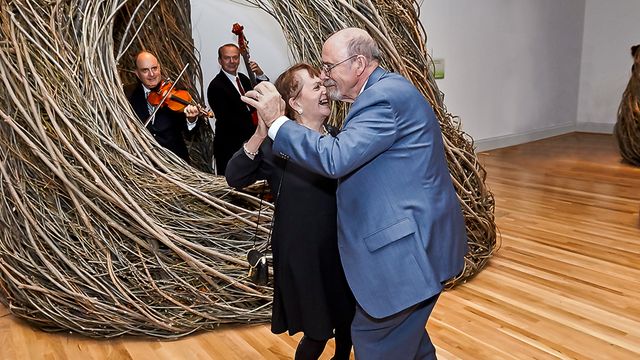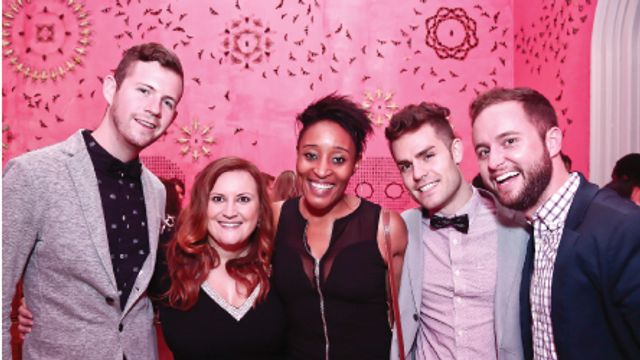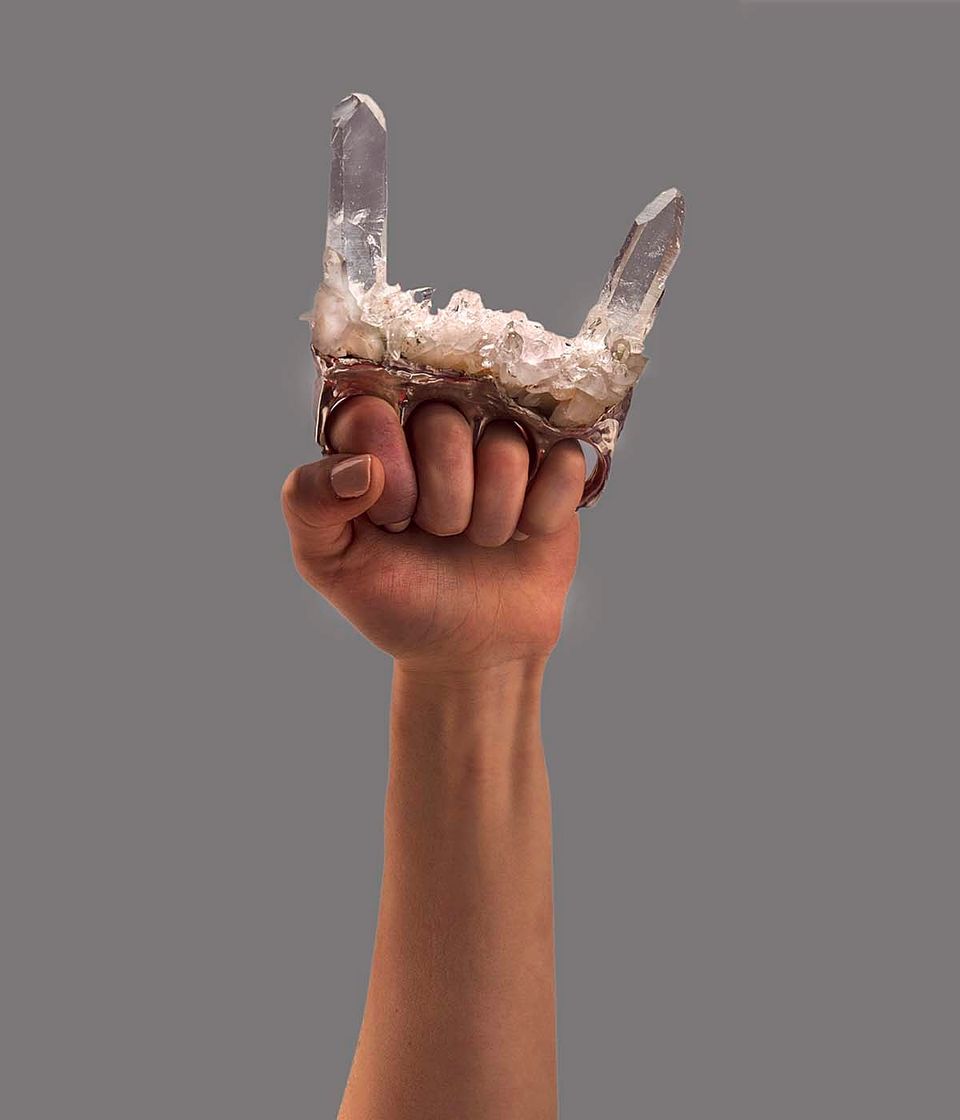Artist
Dan Dailey
born Philadelphia, PA 1947
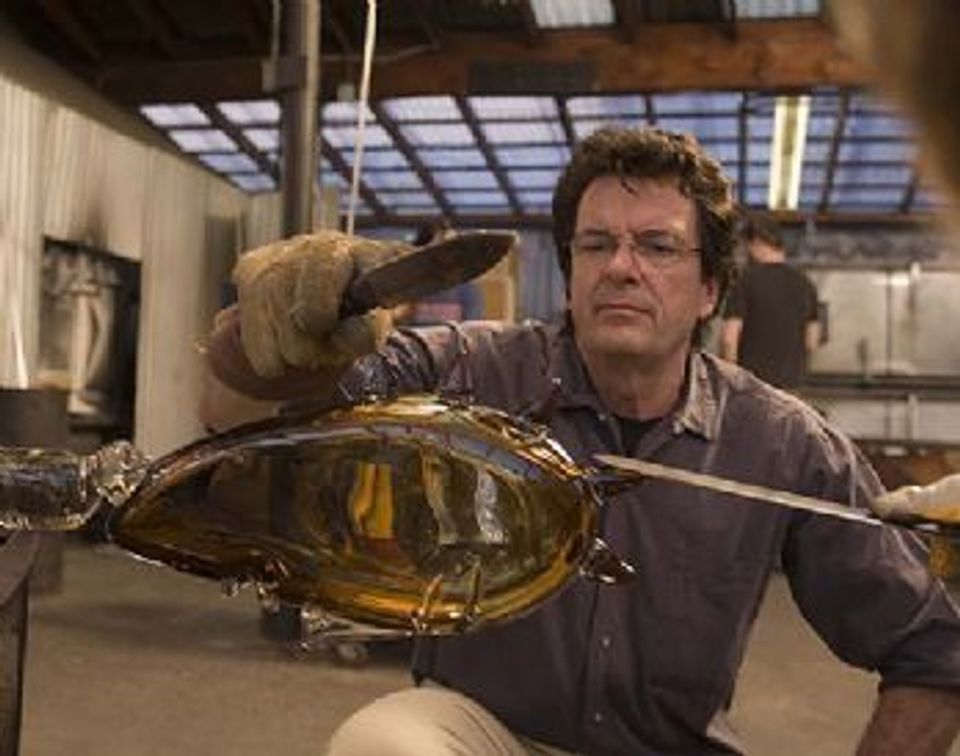
- Also known as
- Daniel Owen Dailey
- Born
- Philadelphia, Pennsylvania, United States
- Biography
Dan Dailey became fascinated with what he considers the “magic” of glassblowing while at Philadelphia College of Art. He often incorporates other materials and will bend or penetrate the surface of the glass to play on its brittleness and solidity. Much of Dailey’s work is constructed from brightly colored plates of glass; this two-dimensional quality and the humor often found in his pieces recall Dailey’s early aspirations to be a cartoonist.
Videos
Exhibitions
November 13, 2015–March 6, 2022
Connections is the Renwick Gallery’s dynamic ongoing permanent collection presentation, featuring more than 80 objects celebrating craft as a discipline and an approach to living differently in the modern world.

